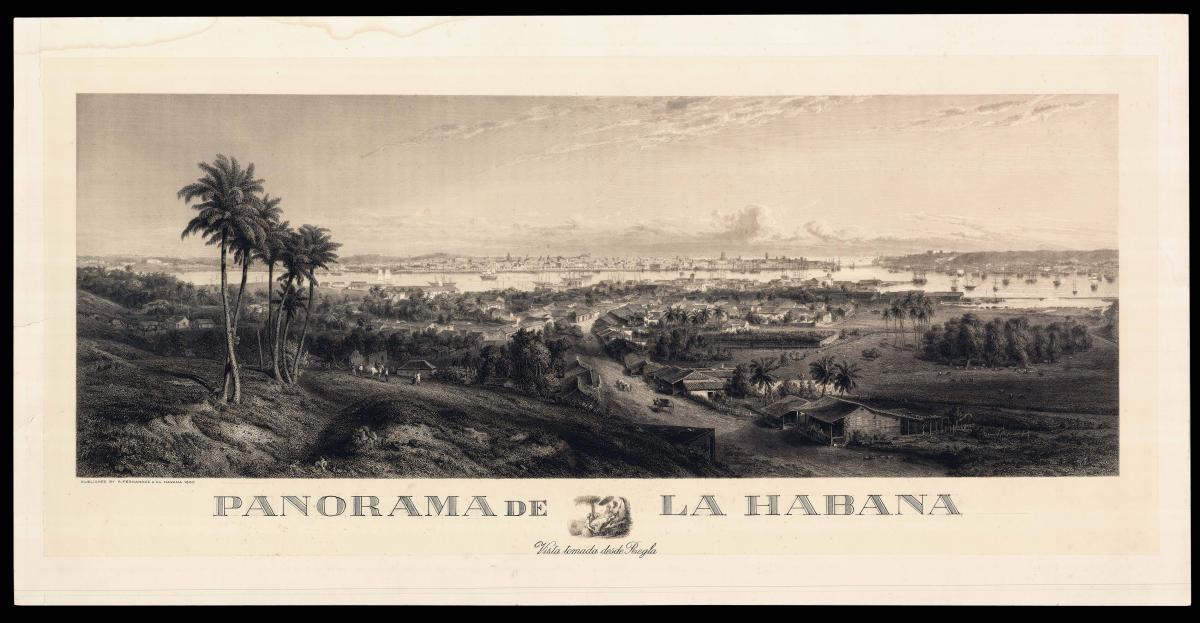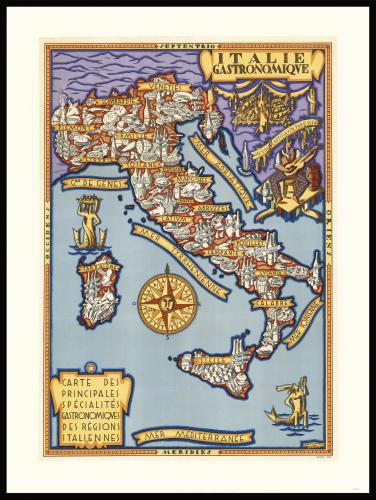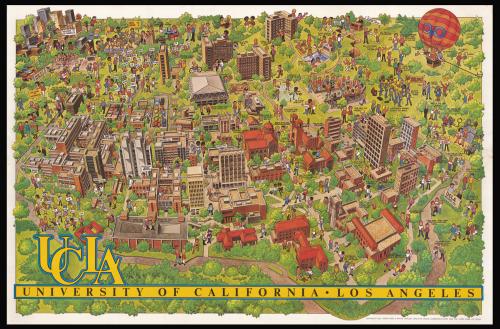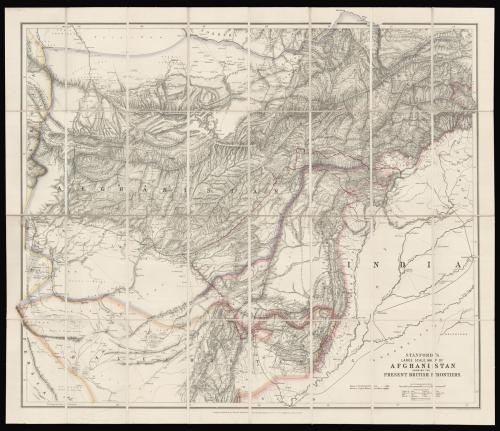

Price
£8000.00This object is eligible for a Certificate of BADA Provenance
The BADA Standard
- Since 1918, BADA has been the leading association for the antiques and fine art trade
- Members are elected for their knowledge, integrity and quality of stock
- Our clients are protected by BADA’s code of conduct
- Our dealers’ membership is reviewed and renewed annually
- Bada.org is a non-profit site: clients deal directly with members and they pay no hidden fees
Panorama de la Habana Vista tomada desde Regla
Author: WILLMANN, Eduoard
Publication place: Havana
Publisher: Rosendo Fernandez & Co
Publication date: 1950
Physical description: Engraved view
Notes
This sweeping panorama of mid-nineteenth century Havana, Cuba, taken from a hill above the town, shows the harbor in the middle distance with the entrance to the right, and was first published in Paris, in about 1855.
San Cristóbal de la Habana was founded in 1515 by the Spanish conquistador Diego Velázquez de Cuéllar, possibly near the present town of Batabanó on the south coast of the island. Since the climate was poor, the region was swampy, and the mosquitoes voracious, the site was abandoned in favour of Havana’s present location on the north coast of Cuba in 1519.
This natural deepwater harbour soon made Havana the most important port in the Caribbean. A Spanish royal decree of 1634 recognized its importance, calling it the ‘Llave del Nuevo Mundo y Antemural de las Indias Occidentale’, a phrase immortalised on the city’s coat of arms. During the seventeenth century, eastbound fleets of Spanish treasure-ships from the New World anchored at Havana before embarking on the voyage across the Atlantic back to Spain.
As a result, the port was under almost constant attack and frequently blockaded by competing foreign powers. The port’s fortifications withstood all-comers until a three-month siege by the British under Admiral Sir George Pocock and the Earl of Albermarle, in 1763, took the city as a great prize. They held it for only six months until the treaty ending the Seven Years’ War restored Havana to Spain.
Throughout the eighteenth century, Havana grew in importance as a port thriving on the sugar and slave trades between Europe and the Americas. By 1850, when this image was created by Willman, there was a small but important United States trading community established in Havana. Cuba became independent from Spain in 1898 with the aid of the U.S., and for six decades maintained a close economic and political ties with that country.
Edouard Willmann (1820–1877), remains a bit of an enigma: a German engraver, specialising in the burin.
Dimensions
590 by 1175mm. (23.25 by 46.25 inches)Stock number
12541The BADA Standard
- Since 1918, BADA has been the leading association for the antiques and fine art trade
- Members are elected for their knowledge, integrity and quality of stock
- Our clients are protected by BADA’s code of conduct
- Our dealers’ membership is reviewed and renewed annually
- Bada.org is a non-profit site: clients deal directly with members and they pay no hidden fees




